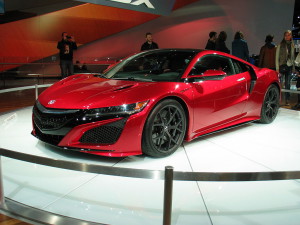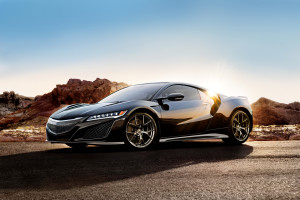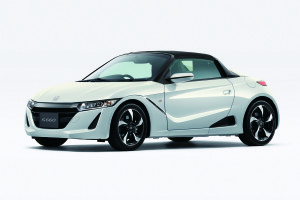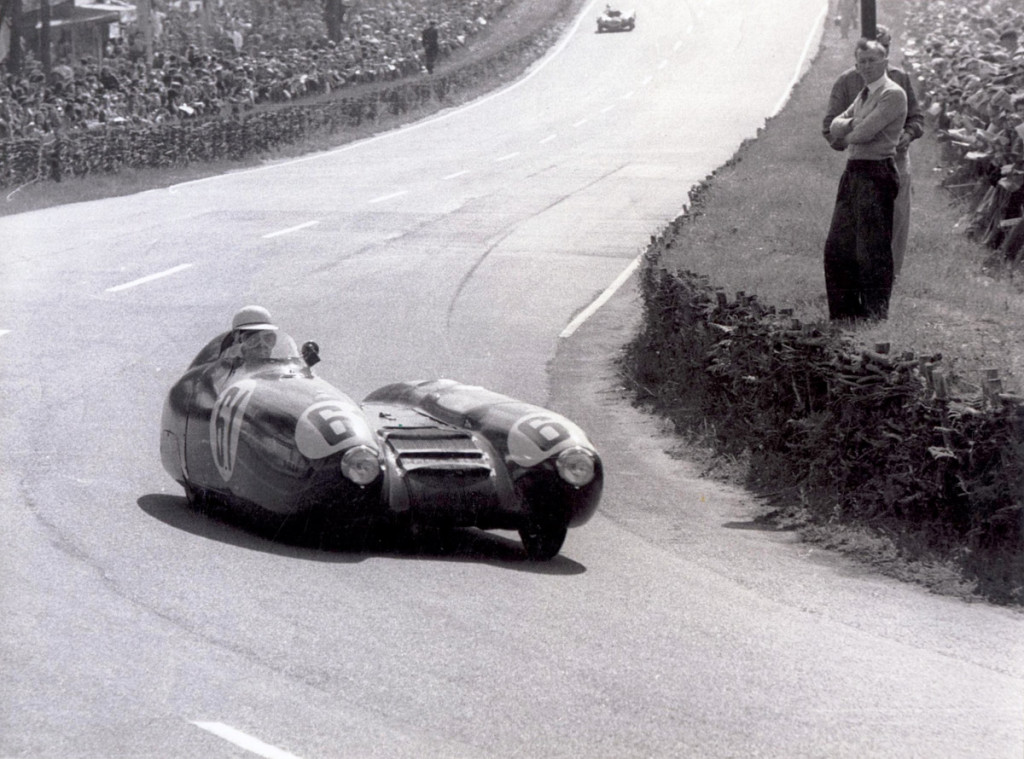In a month, the Goodwood Festival of Speed will be underway. This time around, Jenson Button will be getting behind the wheel of the new Honda NSX, which is making it’s second generation debut after the first was discontinued back in 2005. Glynn Williams of Business Car Manager predicts that the NSX will soon be the envy of high rolling car-collectors, joining the ranks of the coveted Porsche 911 Turbo, Audi R8, and McLaren 540C. Honda’s latest offering has similar performance specs to these classics, and is offered at about the same price.
The Honda NSX is actually made in the USA (Ohio, to be exact), by a small team of 100 people. With 573 horsepower and top speeds of 191 miles/hour, the vehicle can sprint from 0-62 in under three seconds. Even though the car’s top competitors have higher top speeds, the NSX holds an advantage with its impressive acceleration, thanks to three electric motors. The car also features four different driving modes that can affect everything from the motor to the engine noise level.
Car enthusiasts have long waited for the return of the NSX, and given what we know so far it won’t be a let down.



